March 17, 2016
Flexible working increasingly the norm for financial services firms 0
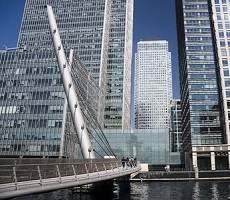 Flexible working is on the way to becoming the norm in financial services with the average employee spending 39 percent of their time working remotely, according to new research from tech consultancy Intercity Technology. The company surveyed a mere 100 employees from different organisations within the financial services market to gain insight into their workplace habits so you may want to treat this carefully. The respondents also thought this proportion of time spent remote working would increase in the next two years to 41 percent, with an ever increasing adoption of technology-led solutions in the workplace. Additionally, the surveys suggests that 70 percent of employees believe using a device of their own choosing positively impacts the way they work with their colleagues, with the biggest specific benefits identified as flexibility (51 percent), more productivity (42 percent) and improved collaboration (33 percent).
Flexible working is on the way to becoming the norm in financial services with the average employee spending 39 percent of their time working remotely, according to new research from tech consultancy Intercity Technology. The company surveyed a mere 100 employees from different organisations within the financial services market to gain insight into their workplace habits so you may want to treat this carefully. The respondents also thought this proportion of time spent remote working would increase in the next two years to 41 percent, with an ever increasing adoption of technology-led solutions in the workplace. Additionally, the surveys suggests that 70 percent of employees believe using a device of their own choosing positively impacts the way they work with their colleagues, with the biggest specific benefits identified as flexibility (51 percent), more productivity (42 percent) and improved collaboration (33 percent).











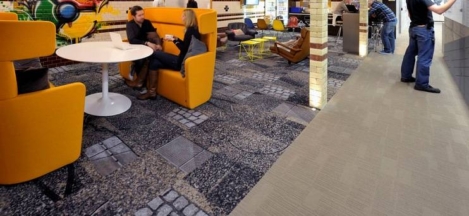
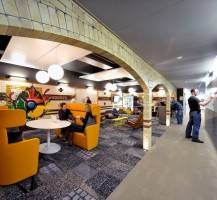








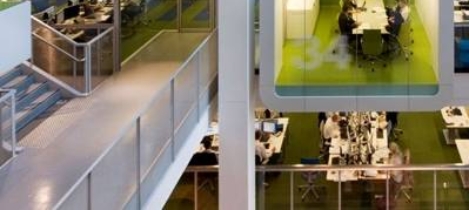
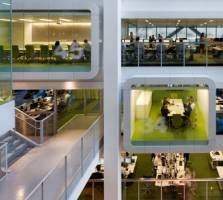











March 22, 2016
While politicians squabble, here’s what the Budget meant for the workplace 0
by Mark Eltringham • Comment, Facilities management, Legal news, Workplace, Workplace design
(more…)